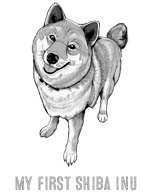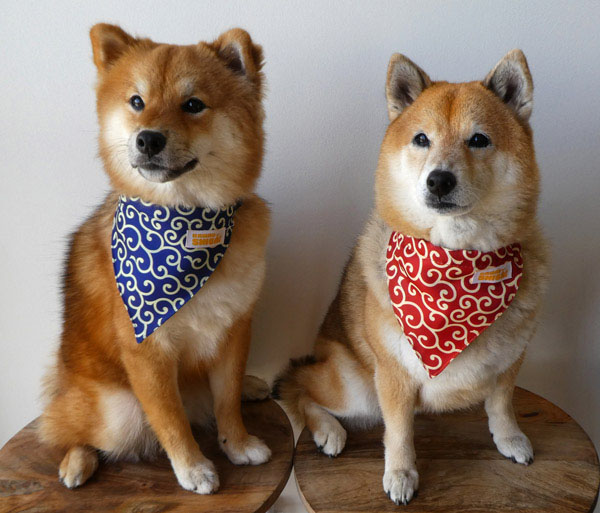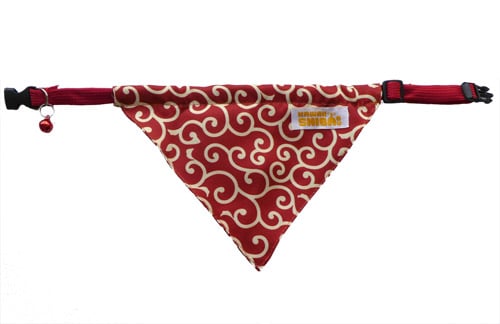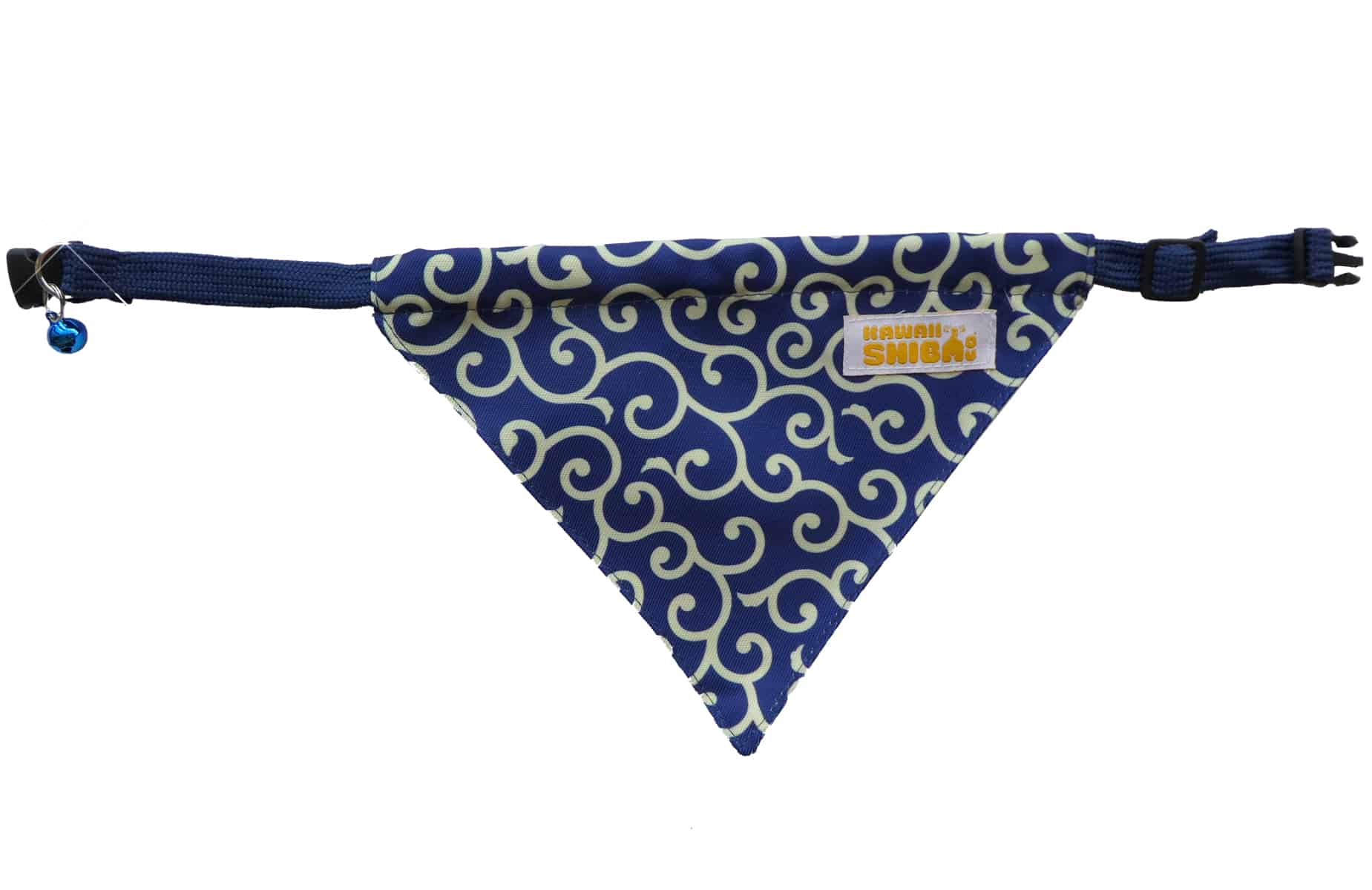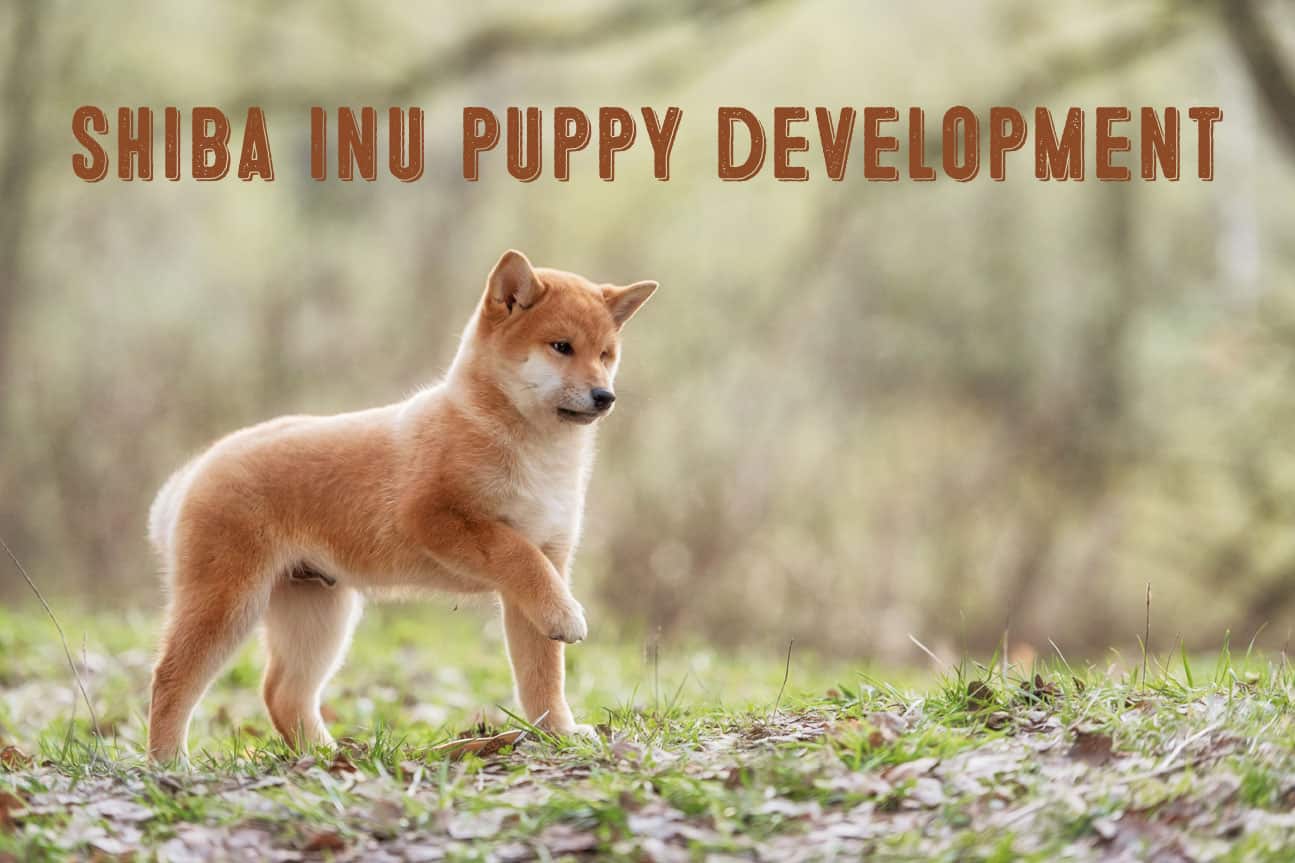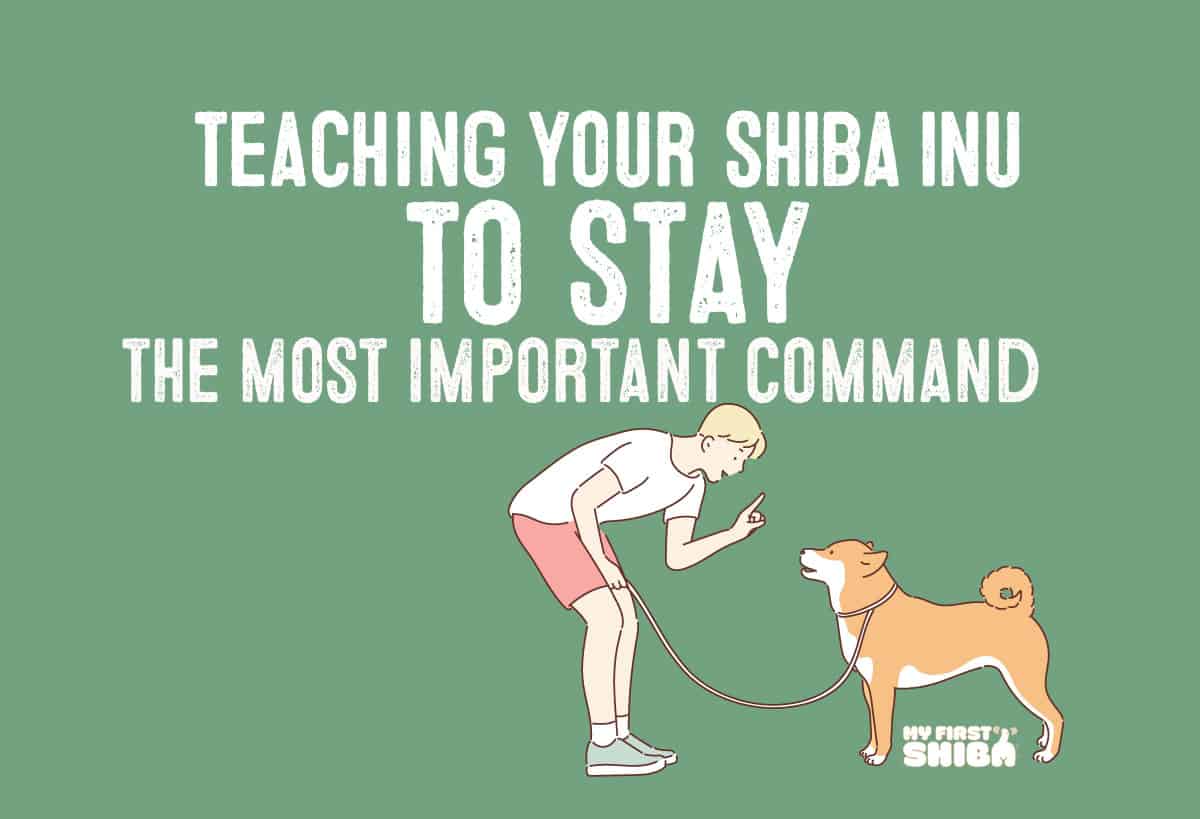Let The Training Begin!
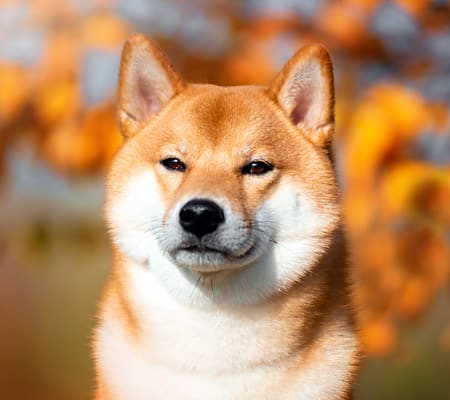
Shiba Inus are intelligent dogs.
However Shibas are considered to be 'first step' breeds which means they tend to be more free spirited, independent, and stubborn.
That can pose a challenge to some owners when it's time for training. Thus, training a Shiba Inu may not be the same experience as training a Labrador.
As a basal breed, the Shiba's DNA is less hardwired for life as a domestic pet, so some adjustment may be required for owners who were expecting oodles of cuddles and kisses from their new puppy.
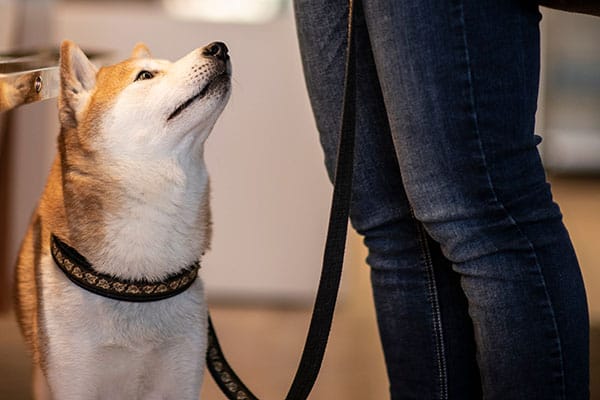
Shibas will interact with their owners -- but on their own terms.
That is, in ways that feel safe and comfortable for them.
Shiba Inu training takes patience, kindness, and lots of positive reinforcements, though this should always be true with any dog, no matter the breed.
Training a Shiba with aggressive methods such as aversive punishment training is rarely successful in the long term and not recommended.
"Balanced" methods, which also rely heavily on aversives, are therefore also not recommended.
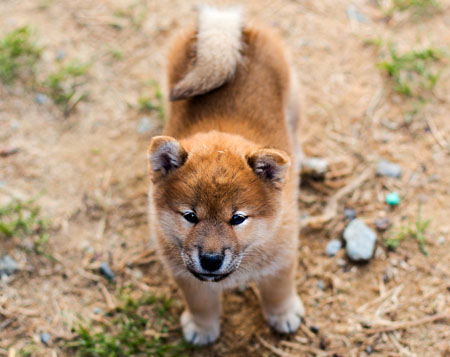
To be a successful dog guardian, you need to be mindful and consistent.
"Leadership" for dogs should be bottom up, not top down!
This is the way to win your Shiba's trust, which is the foundation of any good dog-human relationship.
For success in training, it helps to be the most reinforcing thing in the dog's world.
When your dog sees you as the predictor of good things (positive reinforcers), s/he will be much more likely to learn and maintain training.
In short, the best way to achieve the behavior you desire is by cooperation, not by aversive tactics such as force, fear, intimidation, or pain.
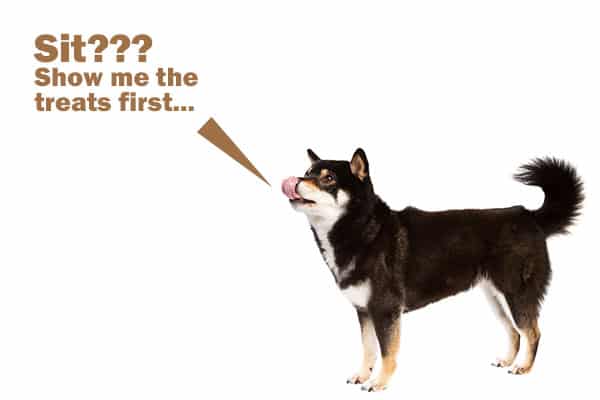
~ Shiba Inu Training Archives
Before getting deep into the training theory, here are some links for various Shiba Inu training topics:
How To Potty Train a Shiba Inu Puppy
How To Crate Train a Shiba Inu
How To Get a Shiba Inu to STAY - And Why It's SOOOO IMPORTANT!
How To Manage Resource Guarding in Shiba Inus
Theories About Dominant / Hierarchical Training Methods
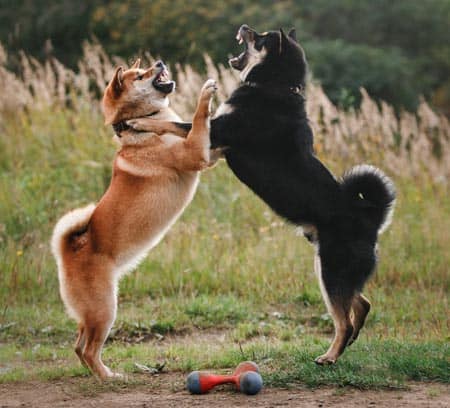
The words “pack leader” and “dominance” are not words humane dog trainers and behaviorists like to hear.
They'll assert that there is not a 'dominance' relationship possible between humans and dogs.
What we do see in dynamics between dogs is a tendency toward intra-dog negotiations over such things as who gets first choice of bed.
This isn't really dominance, though, since the negotiations may be on going and who gets first priority of what resource can change.
In other words, we've mistaken Give-and-Take (negotiations) for Take (dominance).
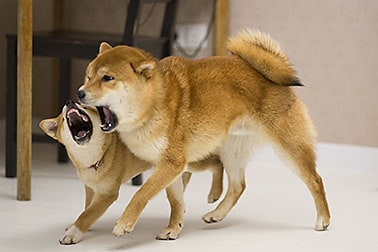
Modern scientists have observed that wolves cooperate as a pack and are generally tolerant of one another - regardless of “rank”. If we find this surprising, perhaps it's because of our own misunderstanding of "dominance."
Be careful when reading summaries of studies.
If you aren't extraordinarily familiar with the variety of experimental designs and interpretations, there's a strong possibility of misunderstanding.
Indeed, at one point, a renowned scientific journal banned one previously common, accepted method for such reasons.
While there is some evidence that domestic dogs suppress their behavior in order to get along in the home -- after all, they are captive animals without much choice -- that doesn't mean they don't have preferences.
To have the most stable and happy dog possible, you'll want to work hard to ensure a mutually beneficial partnership with your dog in which your dog feels safe.
Behavior problems often root in the development of negative associations, and aversive experiences tend to result in those negative associations.
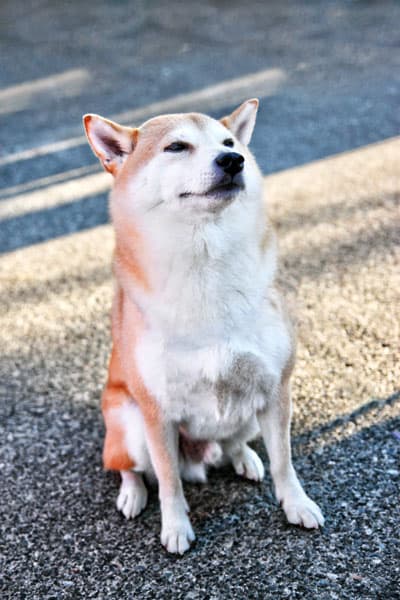
The American Veterinary Society of Animal Behavior does not recommend dominance training due mainly to the fact that this type of training typically involves aversive punishment techniques such as hitting, choking, and other negative physical reprimands.
The AVSAB official stand on the dominance hierarchy theory is as follows:
“The AVSAB emphasizes that animal training, behavior prevention strategies, and behavior modification programs should follow the scientifically based guidelines of positive reinforcement, operant conditioning, classical conditioning, desensitization, and counter conditioning.
The AVSAB recommends that veterinarians not refer clients to trainers or behavior consultants who coach and advocate dominance hierarchy theory and the subsequent confrontational training that follows from it.”
~ 2008 AVSAB American Veterinary Society of Animal Behavior
Debunking The "Alpha" Myth
As behavior expert Dr. Susan G. Friedman says, "Effectiveness alone is not enough."
Aversives tend to make a dog more anxious in the long run, which means more behavior problems over time.
In another article, we'll cover how many experiences can be aversives, including things like "alpha" belief-based behaviors in us.
Although aversives appear to work well in the short term - typically because they scare, hurt, or force a dog into suppressing behavior -- they are inhumane and therefore not an option.
So let's put the idea of being "alpha" where it belongs: in the trash heap.
Let's stop thinking of ourselves as the boss of our dogs.
The moment we become a captive animal (i.e., pet) owner, we are already in 'the boss' role since our dogs don't get to do much of anything at all unless we set it up for them.
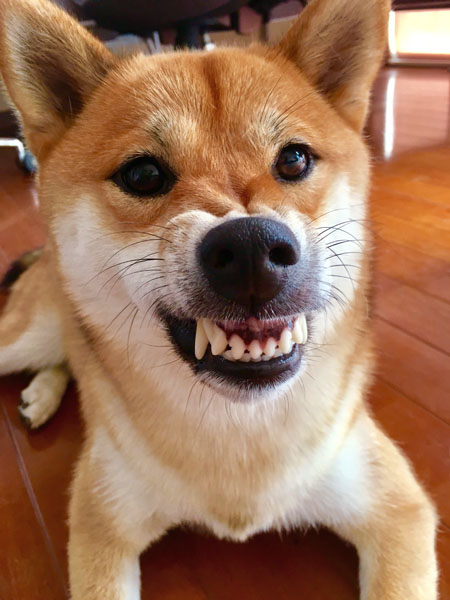
These tolerant captives need us to provide them all the good things they need in order to make life as a pet meaningful for them.
They do not need us to control them. Control is a primary reinforcer and we should let them have access to that important reinforcer whenever possible.
In other words, befriend, don't bully, your Shiba.
Positive handling can be just as effective and even more effective than aversive methods.
If you feel your positive method is not working, it may mean that you have not discovered the function of your dog's behavior; that is, what does the dog get from performing behavior you dislike?
Once you identify that, you can find a way to deliver that to your dog that doesn't involve inappropriate behavior.
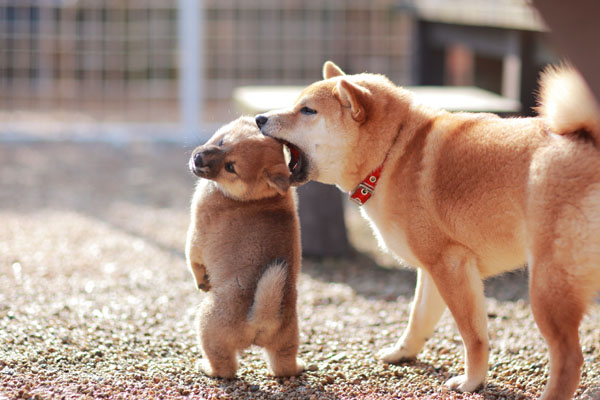
The Importance of Addressing Your Shiba Inu’s Emotional State
Another often overlooked factor in dog training is understanding your dog's emotional state of mind.
Dr. Sophia Yin, a well-known and respected veterinarian and dog behaviorists who sadly passed away in 2014 covers this topic with great depth.
She asserts the critical importance of addressing a dog’s emotional state when training. Those who use punishment methods of training may very well suppress and not address the dog’s underlying emotional state that is causing the misbehavior in the first place.
From Sophia Yin, DVM “The old method of training was to assume dogs were trying to be dominant if they didn’t behave. As a result we would use force until they gave in rather than addressing the underlying emotional state or cause (such as fear or rewarding of inappropriate behaviors). We would also focus on punishing the bad behavior when we were also accidentally rewarding the bad behaviors too, and we would forget to reinforce appropriate behaviors at a really high rate so that these behaviors could become a habit.
Updated methods based on the psychology of learning and behavior take into consideration the motivations and emotional state the are driving behavior and factor in the everyday reinforcers —both accidental and incidental, that drive the behavior.”

The Anatomy of The Inexperienced / Uninformed Dog Owner
Unfortunately, somewhere in the learning history of many aggressive dogs was an aversives-delivering human.
Often, the human may not even realize that what they are doing is aversive. In this way, the uninformed or misinformed dog owner can inadvertently create exactly what they don't want.
Dogs do indeed have feelings, and those feelings can be hurt. That is how we lose our dog's trust, and sometimes it is also how we cause our dog's behavior problems.
Also, dogs experience fear when they feel threatened, so it is crucial that dog owners not be the source of their dogs' feeling threatened.
Just as humans, dogs and other animals will try to defend themselves from a threat. When we do it, we call it "self-defense"; when they do it, we unfairly call it "aggression."
For both humans and our dogs, it is natural survival-instinct based behavior. Without it, no one would survive.
Importance of Shiba Inu Socialization

Between 6 - 8 weeks old, you can begin the important process of socializing your dog. This early stage in puppy development is absolutely critical.
When you put effort into socializing your puppy and exposing it to various stimuli at this young age - the outcome is well worth the extra effort.
On the other hand, if you fail to properly socialize your Shiba Inu puppy during their critical development time - you may well have a Shiba Inu that is very difficult to train and handle in the future.
You will also likely have a Shiba Inu that is anxious and unsociable with humans and other dogs.
The anxiety can lead to further problems down the road such as aggression and fearfulness.

Socializing your Shiba Inu is the most important foundation of Shiba Inu training.
But remember, socializing is not the same as simply exposing your dog to various people and situations.
For example, if you simply expose your dog to it’s first interaction with strangers without any precautions and boundaries, your dog will likely still be afraid of strangers.
Get professional help for socializing your puppy to ensure that inadvertent aversives are not part of the process.
In this way you best ensure proper socialization.
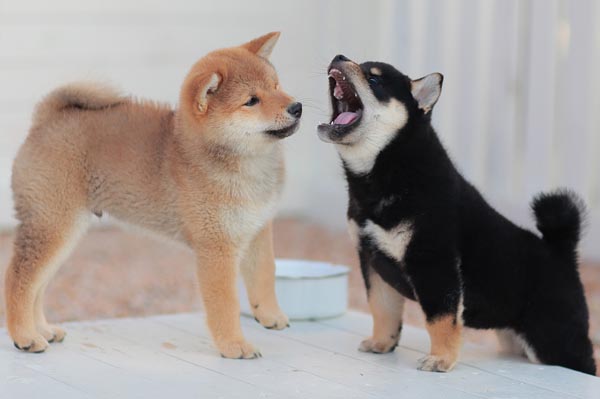
Shiba Inu Training Tips
Think Like “Your” Shiba Inu
In order to properly train your Shiba Inu, it is important to understand what motivates your Shiba Inu the most.
For the most part, I can get to the point and tell you that most Shiba Inus are motivated by food. For the most part, toys and praise just won’t do the trick.
For Shibas, the treat reward system works best.
In fact, based on animal studies, (Fukuzawa and Hayashi, 2013; Okamoto et al 2009) Companion Animal Psychology reports that the treat reward system is the #1 method to train a dog. https://www.companionanimalpsychology.com/2017/04/the-ultimate-dog-training-tip.html
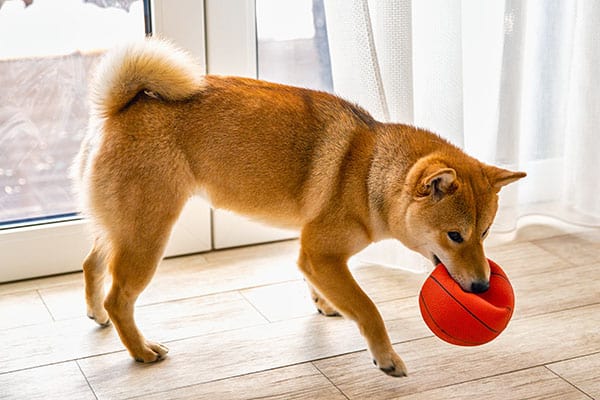
If you are training a Shiba Inu puppy, make sure your puppy is comfortable, and keep the sessions short and positive.
You too, should be in a good state of mind.
Don’t train your Shiba Inu if you are in a rushed or stressed state.
Dogs, as well as little puppies are very perceptive.
Training your Shiba Inu when you're in a bad mood will negatively affect your future training sessions as your Shiba Inu will potentially associate your bad mood with training sessions.
Start Training Your Shiba Inu As Early as Possible
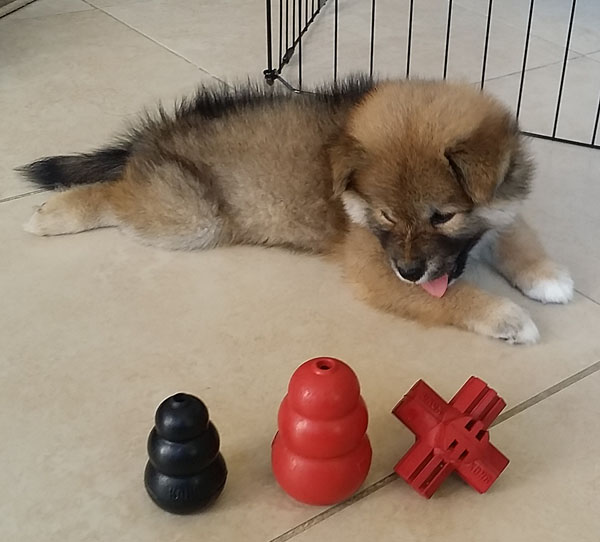
One of the first things you should teach a Shiba puppy is acquired bite inhibition (A.B.I).
Puppies love biting and Shiba Inu puppies really love biting.
Some might find that puppy biting is cute and natural.
However, letting your Shiba Inu bite you at any time is not recommended. If you let your Shiba bite you, your Shiba may have no problems biting others.
There are specific methods to encourage good bite inhibition.
Since ABI is crucial to well-being and safety, it's best to get a humane, certified professional behavior consultant to guide you.
Shiba Inu Training - Easy Does It
Start with really simple behaviors like sit and down.
After the behavior is achieved reliable, add your cue -- e.g., "down."
Reward with tiny pieces of tasty treats and an upbeat, praise-based word if you wish to use a marker but don't want to use a clicker.
When a dog is learning a new skill, it is crucial to reinforce with high value food item every time -- a 1:1 ratio.
Just make sure you don't show the food before the behavior and don't move to reach for the food until after the behavior; those will result in your dog focusing on the food, not the cues.
The Importance of Obedience Training Your Shiba Inu
Some Important Behaviors to Teach
First and foremost, you need to teach your Shiba Inu basic cues such as sit, stay, come, leave it, drop it, and heel or loose leash walk.
An emergency stop is also a good idea to train.
Shiba Inus have a natural inclination for hunting and they are known to be runaways when off-leash.
By teaching obedience commands like stay, and come until they are 100% fluent, you can avoid a lot of heartache down the road.
So before getting into fancier behaviors like fetching you a drink from the fridge, make sure that your Shiba Inu knows the most foundational and safety-based behaviors.
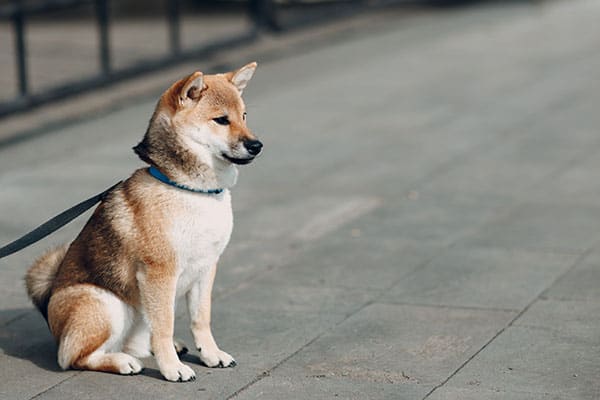
Proofing Your Shiba Inu
Ensuring your dog understands the cues and can reliably respond to them in every context is called “proofing."
For example a proofed recall cue will be equally successful in your backyard and in the public park.
this level of reliability takes a lot of effort and positive reinforcement on your part.
It isn't the dog's responsibility to learn well; it's ours to train well.
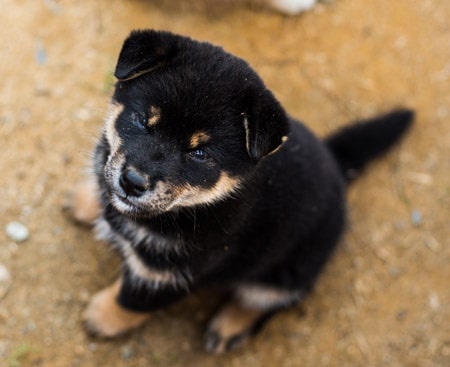
Training Adult Shiba Inus
If you just brought an adult Shiba Inu into your household, don’t immediately begin training. You need to take enough time to gain your Shiba Inu’s full trust and respect.
Due to the Shiba Inus aloof personality, this process could take some time.
During this time you need to assert yourself as a firm, but fair leader.
Every Shiba Inu has their own unique quirks and taking the time to learn these quirks will help you properly structure a custom training regimen for your Shiba Inu.
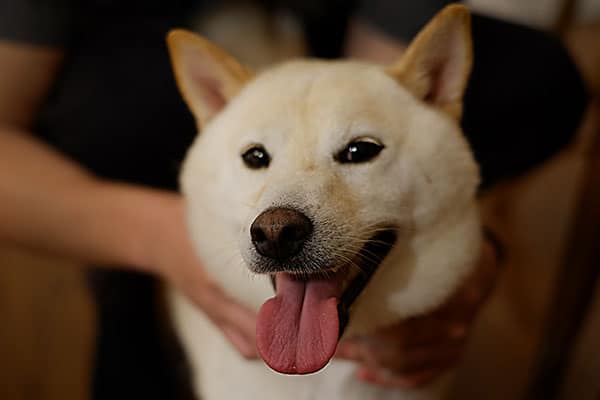
Before diving deep into serious training, take time to bond with your Shiba Inu by discovering his or her likes and dislikes.
Go for walks, play a bit, and of course treat your new friend to enjoyable dog treats.
It’s also a great time to begin the process of grooming your Shiba.
Hopefully, you have a Shiba that accepts handling. If not, at least you’ll learn what you’ll be up against in future training and conditioning sessions.
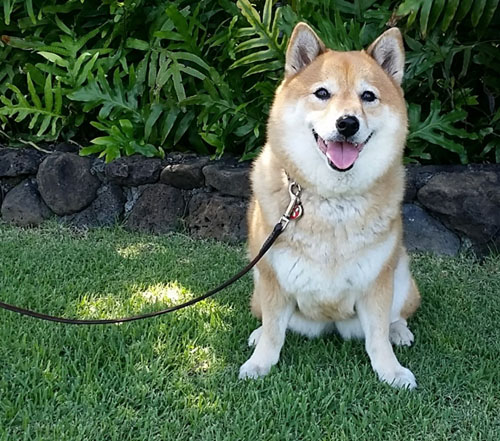
Aggression, Resource Guarding
Aggression and resource guarding are behavioral issues that involve more complex training methods.
Before attempting to train a Shiba with aggression issues, be sure that you do not put yourself, your family, or your Shiba in dangerous situations while training.
If you have an aggressive or reactive Shiba Inu, it’ll be best to consult with a humane, certified behavior consultant/trainer instead of attempting to solve the problem yourself.
Basal dog breeds like Shiba Inus are more “primitive” in nature than more domesticated breeds such as Labs and Poodles.
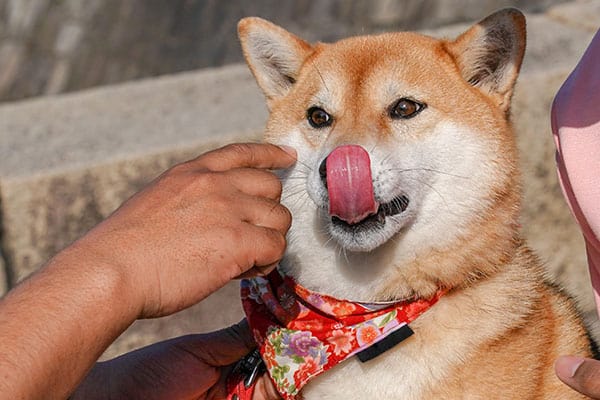
Accordingly, an individual from one of the basal breed categories may exhibit more natural (unsuppressed) behaviors such as resource guarding more often than their more domesticated counterparts.
If your Shiba Inu has a history of biting, you should learn how to properly, humanely condition your dog to enjoy wearing a basket muzzle.
This will help protect your dog and others.
In serious behavior cases, especially those involving aggression, you'll need a humane, experienced behavior professional to guide you and to ensure you are performing proven, humane techniques properly.
Shiba Inus can be very stubborn so patience and consistency will go a long way.
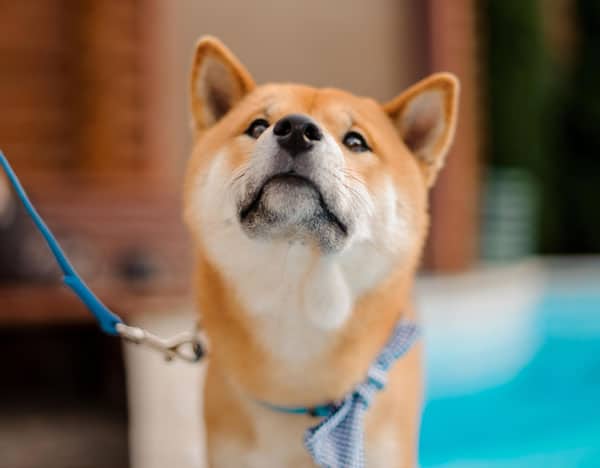
Final Thoughts
Shiba Inus are wonderful dogs to share your lives with.
They integrate well in the family unit and will be loyal companions that will share in your life's joys, adventures, and hardships.
By doing your part to teach them how to interact with us, you're ensuring a healthy and safe partnership.
Thanks for visiting Myfirstshiba.com! We do our very best in providing our readers with awesome content about our beloved Shiba Inu breed. Some of our articles include reviews and recommendations to our favorite products. We do occasionally earn commissions from certain affiliate links that help support our work and mission. Thanks again for visiting. Shiba Kisses To All!
